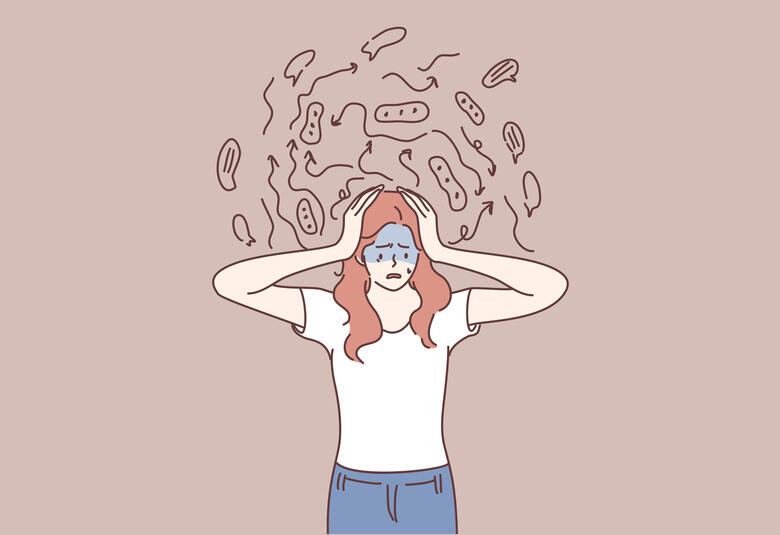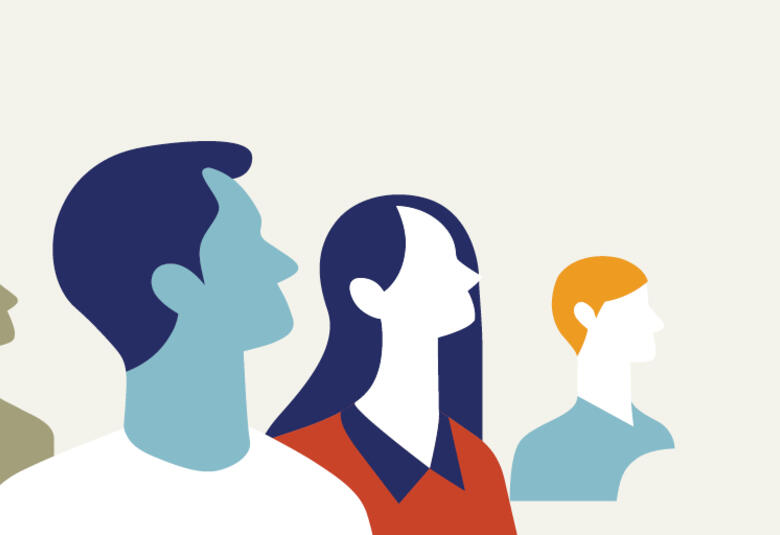The disabling headaches and symptoms of chronic migraine can impact almost every aspect of life. What does living with chronic migraine mean? What are the everyday challenges experienced by patients? What can be done to address them? Professor Dawn Buse, Albert Einstein College of Medicine of Yeshiva University, NY, shared her expert insights in a thought-provoking session at AAN 2021.
The daily challenges experienced by people living with migraine
78% of people with chronic migraine report that headaches have an adverse effect on their children’s activities
The Chronic Migraine Epidemiology and Outcomes (CaMEO) study has shown that migraine can impact almost every aspect of life, said Professor Buse.
This online survey of 13,064 people with migraine was carried out by Professor Buse and her colleagues between September 2012 to November 2013 to assess the effect of migraine on personal, family, social, and work life.1–3
For respondents with chronic migraine and their family members, adverse effects on everyday life included:
- Stress in their relationships with their spouse, even interictally (37%)1
- Reduced enjoyment or involvement in their children’s activities (78%),1 with 44% of adolescent children reporting that their parent’s headaches had an adverse effect on relationships with their parents2
- Decreased work hours (23%)3 with 60% reporting concern over their long-term financial security1
23% of people with chronic migraine decrease their work hours
What would life be like without migraine?
How might freedom from headache change the lives of people living with migraine if nothing else changed? asked Professor Buse. Of the 1120 participants with chronic migraine in the CaMEO study who responded to this question, the answers were:
- Enjoy more free time (81%)
- Feel less stress (79%)
- Better romantic relationships (61%)
- Better relationships with their children (56%)3
But migraine is highly stigmatized on multiple levels and stigma has had an adverse effect on the care sought by and provided to people with migraine,4 noted Professor Buse.
Empowering patients through advocacy and education will improve life for people with migraine
External stigma, internalized stigma, and institutional stigma mean that patients may not seek medical treatment or may feel that their medical healthcare provider doesn’t understand the effect of migraine on their lives.4
Strategies are therefore needed to counteract the stigma to improve the lives of patients with migraine, concluded Professor Buse, and include:
- Education at the institutional and community level
- Advocacy at the community level with an emphasis on flexibility in the workplace
- Considerate communications that encourage patients to seek support services4,5
An Industry Therapeutic Update from Lundbeck.
Our correspondent’s highlights from the symposium are meant as a fair representation of the scientific content presented. The views and opinions expressed on this page do not necessarily reflect those of Lundbeck.




